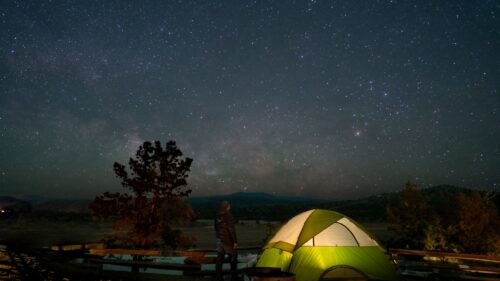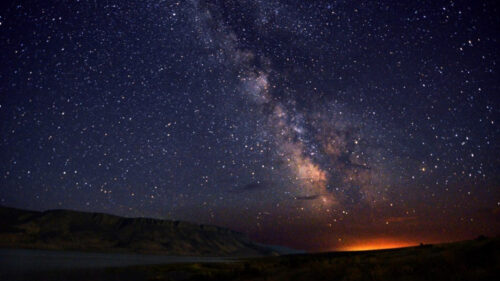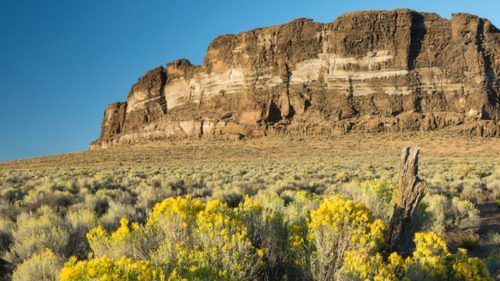It only happens on average three times a decade, and when it does, you don’t want to miss it. That’s when the Warner Wetlands — a 40-mile-long chain of ephemeral lakes and riparian areas near the tiny hamlet of Plush, about 135 miles east of Klamath Falls — fill with enough snowmelt and rainfall to blossom into natural wonderlands promising birds and adventure.
Of course, nature isn’t one to predict, but no matter the water levels, a trip to the Plush area — where the population in the town is less than 100 people — will make almost anyone appreciate this peaceful, remote region of Southern Oregon known as the Oregon Outback.
While you’re there, stay awhile and make plans to look up at the night sky. This region is one of the least light-polluted areas in the country. Here are some ideas to kick off a summer getaway of spectacular outdoor fun.
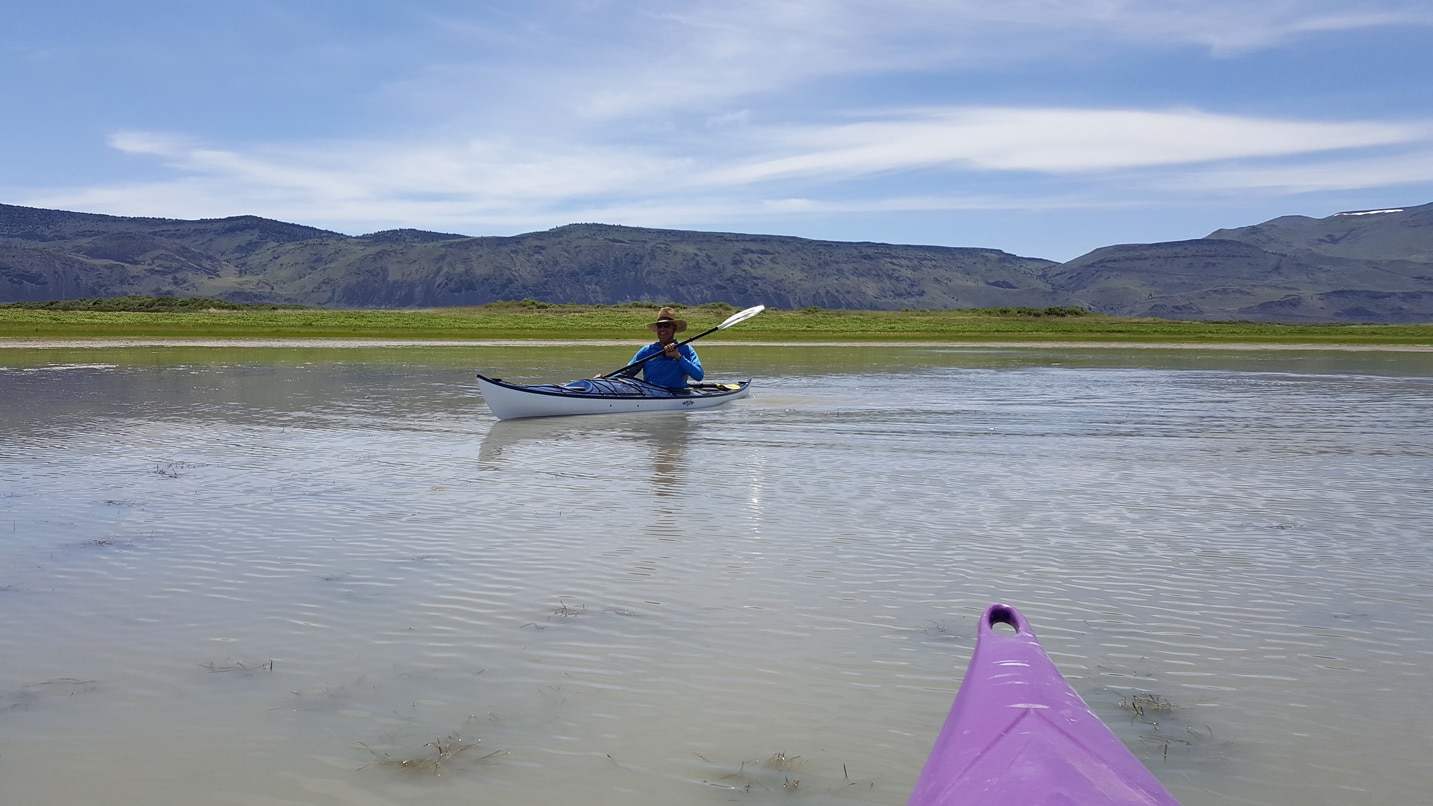
Paddle the Warner Valley Canoe Trail
Before your trip, check to see if the Warner Valley canoe trail will have enough water for experienced kayakers and canoeists to navigate.
That’s roughly a 10-mile-long flatwater trail that links Campbell, Turpin and Stone Corral lakes when the conditions are right. It’s essential to check in with the Bureau of Land Management Lakeview District office and watch social media for updates on conditions and where to launch your boat, as the lakes can change shape from season to season and often disappear entirely. The route makers can also be hard to see. A GPS can help keep you from getting turned around.
It’s best to paddle as a day trip, since finding a campsite for a multiday paddle in a wetland can be tricky. You can get a first-come, first-served car-camping site at Camp Hart Mountain campground, while the Bureau of Land Management does allow dispersed (unreserved) camping on its 3.2 million acres in the area, too. While you’re out on the water, be on the lookout for bird species like white pelicans, yellow rails and snowy egrets.
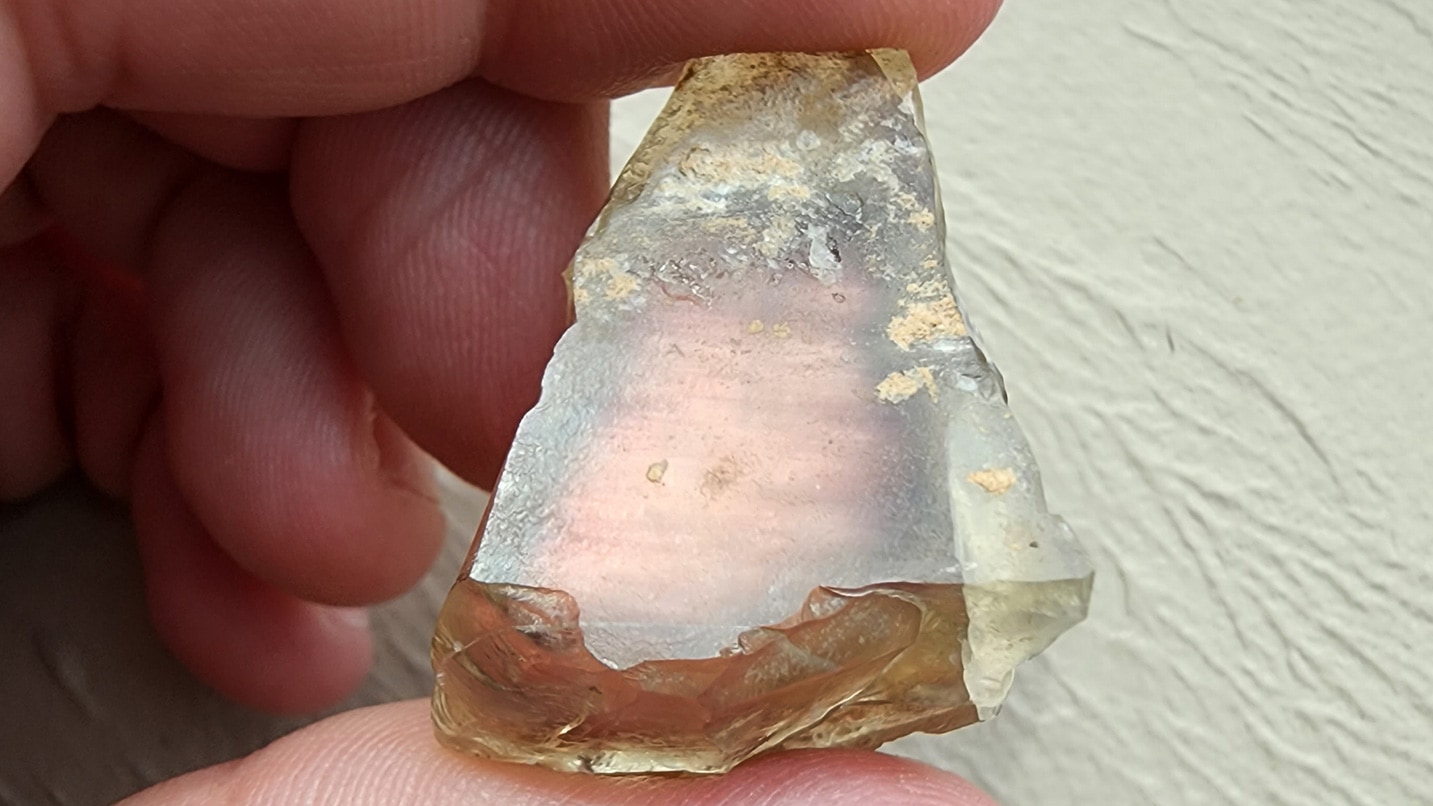
Mining for Oregon Sunstones
The magnificent sunstone — an orangey-pink feldspar crystal formed in lava many millions of years ago that is now Oregon’s state gem — twinkle in the sand across this region, and visitors can simply walk out into the desert and pick them off the ground.
The Bureau of Land Management maintains a free 2-square-mile sunstone collection area off BLM Road 6195, about 25 miles north of Plush. You’re allowed to keep up to 25 pounds a day or up to 200 pounds a year, and the best time to go is typically right after a rain. The water will wash the dust off the stones, and you can see them sparkling on the surface. Five campsites make staying easy, though you’ll have to bring your own water.
This is the only region in the world where the sunstones come with treasured copper highlights and rare transparent colors, and the stones are prized as jewelry. Several commercial operations also allow visitors to look for sunstones on their properties, often in one of three ways: You can dig in a pit on your own, you can sort through a mound of pre-sifted earth, or you can sit along an industrial conveyor belt and pick through freshly mined material as it scrolls by.
For lodging Spectrum Sunstone Mines has cabins and tipis for free for fee-paying diggers. Dust Devil Mining, located just south of the public sunstone area, has camp trailers you can use for free with a reservation. It’s well worth your sleep to stay up and stargaze.
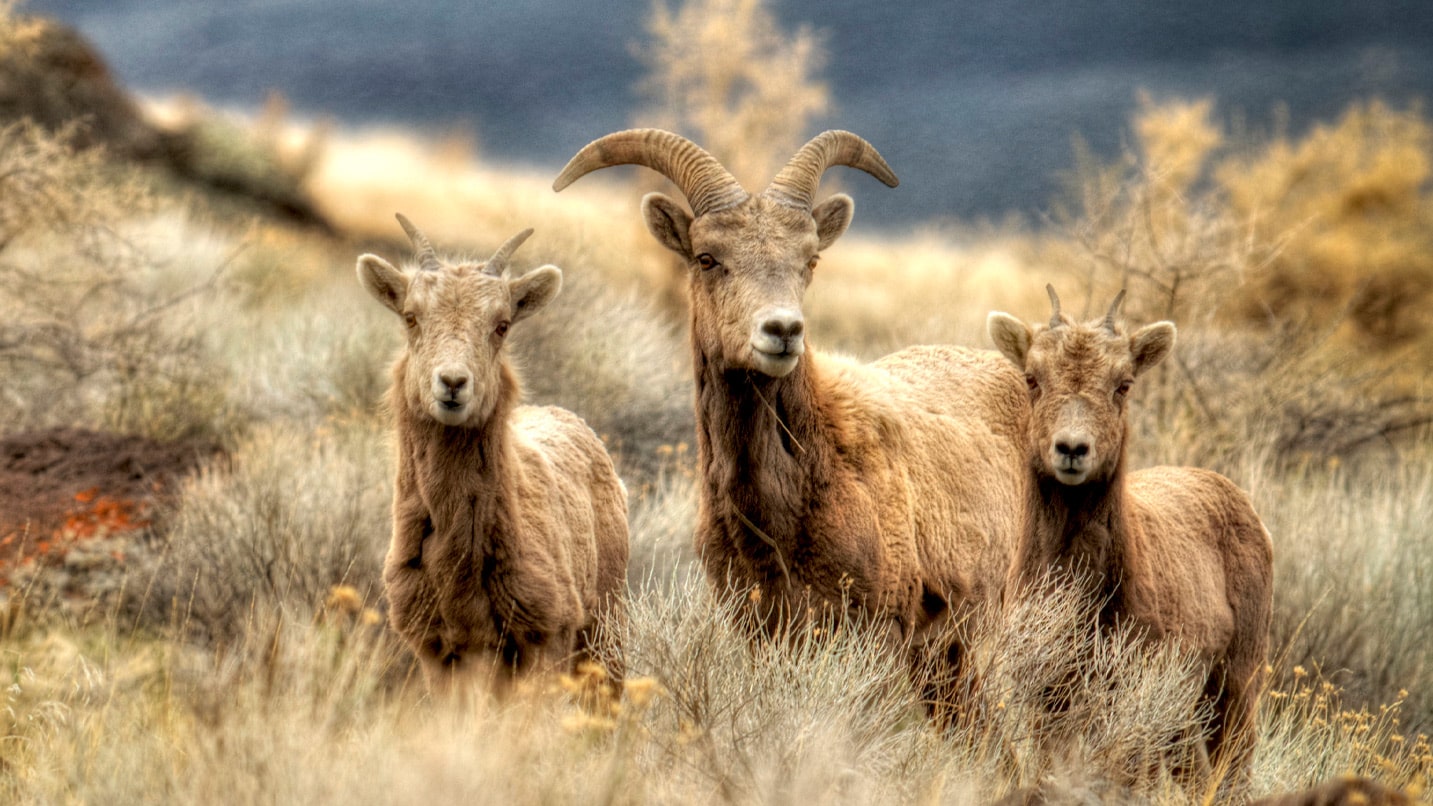
Hiking, Birding and Fishing Near Plush
The Hart Bar Interpretive Site on the north end of Hart Lake will bring you up to speed on the geology, wildlife and recreation opportunities that make this area great, while a short hike from the site takes you 0.8 miles out to a viewing blind. Keep going on the Warner Wetlands Birding Trail to make it a 1.5-mile-long loop. Bring your binoculars to spy on songbirds and raptors. The Warner Valley Overlook Interpretive Trail affords views over the wetlands from high atop Poker Jim Ridge. Make a detour out to Petroglyph Lake to find 1,000-year-old rock art left by ancient peoples.
Rising for nearly 2,000 feet over the Warner Valley, Fish Creek Rim forms the centerpiece of the Fish Creek Rim Wilderness Study Area, a 17,000-acre expanse of sagebrush, mountain mahogany and aspens. Park near Cleland Springs — a high-clearance vehicle is strongly recommended — and hike about a mile west for sweeping views over the rim and the Warner Valley below. Bighorn sheep love this area. Priday Reservoir, just below the rim to the east, holds trophy-size trout for the anglers in your brood.
For camping in Plush itself, there are three free RV/car-camping sites in Egan Park, a county park off Boone Lane. It’s also well worth a stop at the Hart Mountain Store for camp supplies and gas. You’ll want to stay for cheeseburgers, sandwiches and “Plush Wine,” a cocktail of wine cut with ruby-red Squirt.
